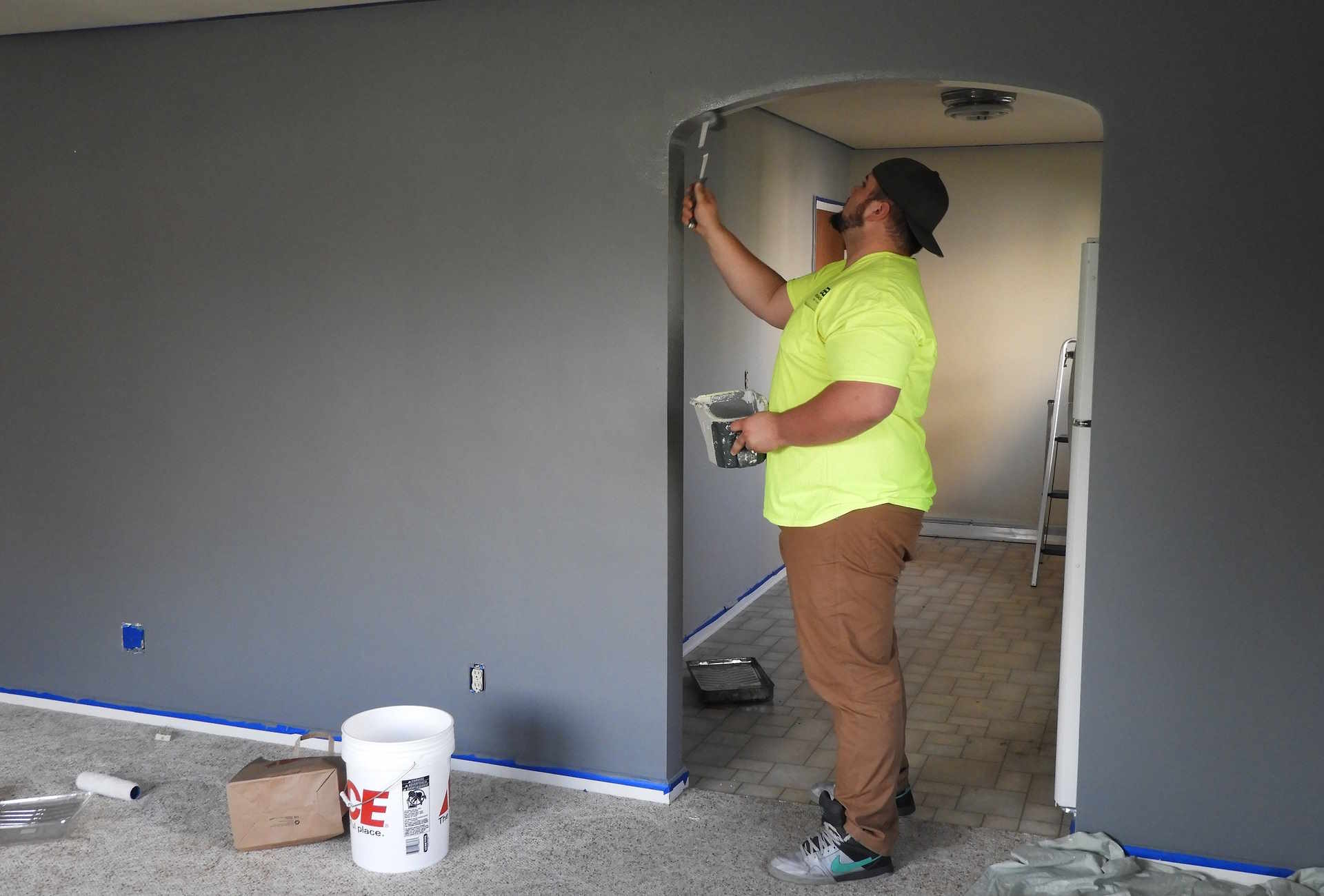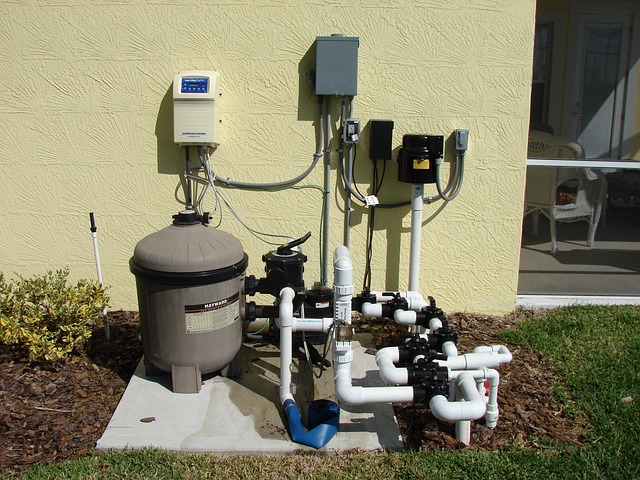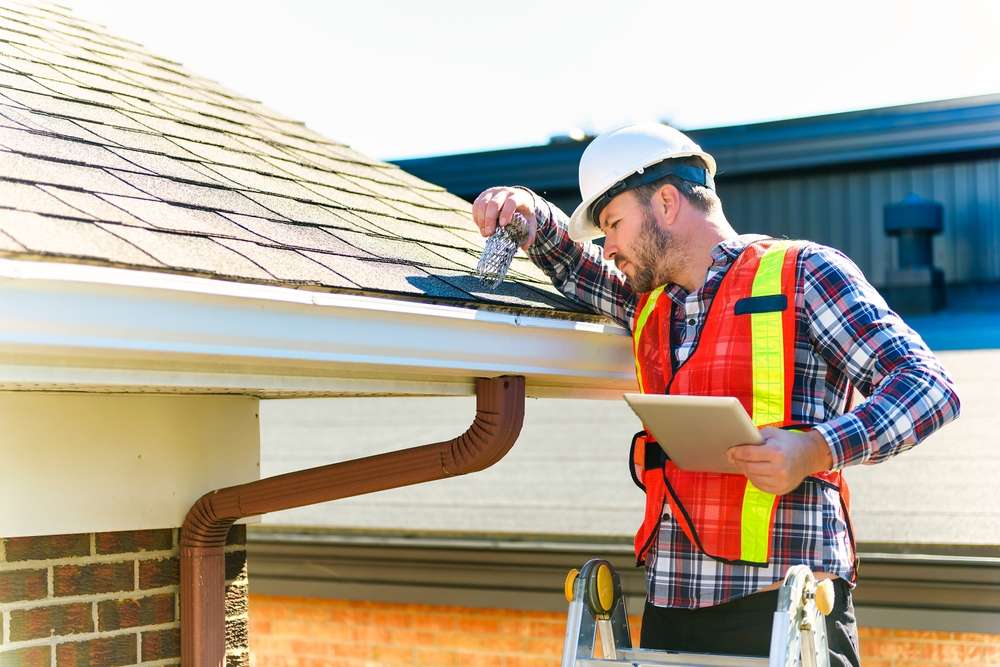The Ultimate Guide to DIY Ceiling Repair from Water Damage
Water stains, sagging drywall, or bubbling paint on your ceiling... Don’t panic—many ceiling repairs can be handled without calling a pro. This step-by-step guide walks you through DIY fixes for water damage so you can restore your ceiling and avoid costly mistakes.

What Causes Water Damage to Ceilings?
Understanding the root cause is essential before starting any ceiling repair water damage project. Common culprits include roof leaks, burst pipes, overflowing bathtubs, faulty plumbing, or HVAC condensation issues. Identifying and fixing the source prevents recurring damage and ensures your repair efforts aren’t wasted. Look for telltale signs like brown or yellow stains, peeling paint, sagging sections, or musty odors that indicate moisture problems.
How Do You Assess the Extent of Water Damage?
Before beginning your diy ceiling fix, thoroughly evaluate the damage severity. Minor water stains typically affect only the surface paint or texture, while moderate damage may involve drywall deterioration. Severe cases often include structural sagging, mold growth, or compromised ceiling joists. Use a moisture meter to check surrounding areas and gently probe soft spots with a screwdriver to determine if replacement is necessary rather than simple patching.
What Tools and Materials Do You Need for Ceiling Repair?
Gathering the right supplies ensures your water stain ceiling solution proceeds smoothly. Essential tools include a utility knife, drywall saw, putty knife, sandpaper, and paint brushes. Materials needed are replacement drywall pieces, joint compound, primer, ceiling paint, mesh tape, and safety equipment like goggles and dust masks. For textured ceilings, you’ll also need matching texture spray or compounds to blend the repair seamlessly with existing surfaces.
How to Patch Ceiling Leak Damage Step-by-Step?
Start by cutting away damaged drywall using clean, straight lines to create manageable repair areas. Measure and cut replacement drywall pieces to fit snugly in the opening. Secure new drywall with appropriate screws, ensuring they’re slightly recessed. Apply joint compound in thin layers, allowing each coat to dry completely before sanding smooth. The key to learning how to patch ceiling leak damage effectively is patience—rushing between coats leads to visible seams and poor results.
Advanced Techniques for Repairing Sagging Drywall
When dealing with extensive water exposure, you may need to repair sagging drywall that’s lost structural integrity. First, support the sagging section with temporary bracing. Remove damaged areas completely, including any wet insulation. Install backing boards or furring strips if ceiling joists are compromised. Replace drywall sections and reinforce with additional screws placed closer together than standard installation. This approach prevents future sagging and ensures a professional-looking repair.
Cost Breakdown for DIY Ceiling Water Damage Repair
Understanding repair costs helps budget your project effectively. Basic materials for small repairs typically range from $25-75, including drywall patches, compound, primer, and paint. Moderate repairs covering 10-20 square feet cost approximately $75-150 in materials. Extensive repairs requiring multiple drywall sheets, tools, and professional-grade materials can reach $200-400. Tool purchases add $50-150 if you don’t own basic equipment, but these remain useful for future projects.
| Repair Scope | Material Cost | Tool Cost | Total DIY Cost |
|---|---|---|---|
| Small patch (under 1 sq ft) | $25-50 | $30-60 | $55-110 |
| Medium repair (1-10 sq ft) | $50-100 | $60-100 | $110-200 |
| Large repair (10+ sq ft) | $100-250 | $100-150 | $200-400 |
Prices, rates, or cost estimates mentioned in this article are based on the latest available information but may change over time. Independent research is advised before making financial decisions.
What Are Common Mistakes to Avoid During Repair?
Several pitfalls can compromise your ceiling repair project. Never skip primer—it prevents stains from bleeding through new paint and ensures proper adhesion. Avoid applying joint compound too thickly, which creates uneven surfaces and extends drying time. Don’t rush the drying process between coats, as moisture trapped in compound can cause cracking or poor adhesion. Finally, ensure the original water source is completely resolved before beginning repairs to prevent recurring damage.
Professional contractors typically charge $200-600 for similar repairs, making DIY solutions significantly more economical. However, extensive structural damage, mold remediation, or electrical concerns warrant professional intervention. Success depends on proper preparation, quality materials, and patience throughout the multi-day process. Most DIY ceiling repairs, when done correctly, prove durable and virtually indistinguishable from professional work while saving substantial money and providing valuable home maintenance skills.




